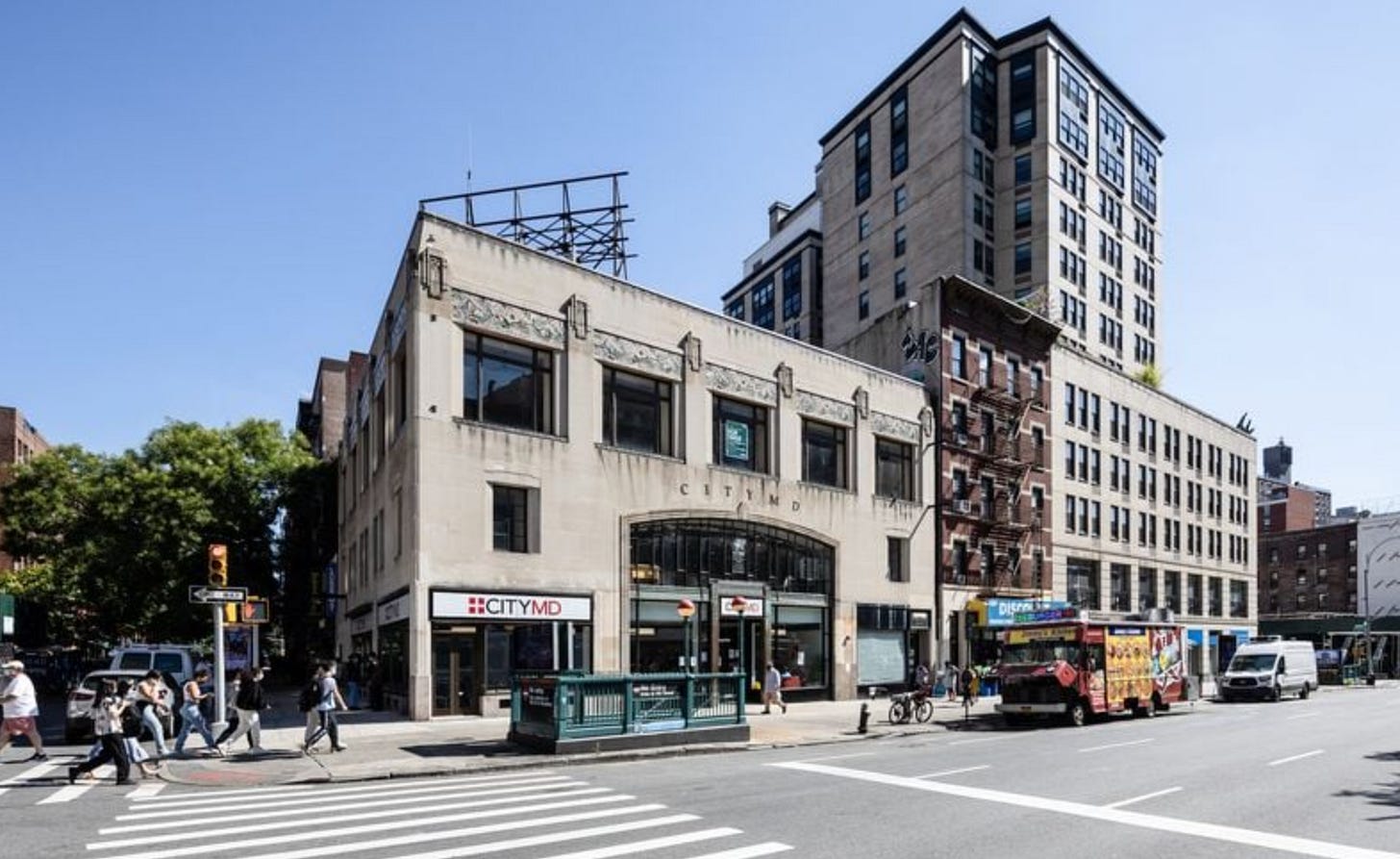Commercial drone delivery is no longer experimental. It is becoming digital infrastructure, with the United States leading and the UK and Ireland close behind.
The thesis is simple. Drone delivery is faster, cleaner, and cheaper than trucks. But the real story isn't about drones. It's about airspace. Who controls it, who profits from it, and whether this infrastructure will be built through markets or command and control seizure.
The Engine of Urban Growth and the Future of Logistics
Air rights are a force multiplier. They are an established asset class, worth trillions of dollars globally. They enable development, unlock trapped value, and densify cities without displacement. They are what enable airports to allow aeroplanes to land and take off through private air rights outside the airport perimeter. The airports pay the owners of the air rights for access. From Manhattan to Texas, London to Sydney, they have funded new housing, infrastructure, and economic growth.
Recent air rights transactions demonstrate how valuable this asset class is. In West Harlem, a 28-story tower was made possible by a $28 million air rights deal with NYCHA, using the top of a parking lot to fund repairs for 3,000 residents. It also created 147 middle-income apartments.
A $38 million office building acquisition in Midtown happened not for the building itself, but for the 15,000 square feet of unused vertical air rights. On Broadway, a landmarked three-story building sold for $13 million. What made it valuable was not the old cafeteria, but the 23,000 square feet of unused air rights.
These are not anecdotes. They are signals. Air rights are not theoretical. They are monetizable. And they are no longer just about towers. The same market logic now applies to low-altitude logistics.
The future of drone delivery is not about battery chemistry. It is about ownership. Who controls the sky above your property? That question determines whether we continue to build a consent-based market economy or a coercive one.
Timing, Capital, and Operational Scale
Drone delivery is operational today. Zipline has completed over 1.4 million deliveries and flown 100 million autonomous miles. Manna in Ireland is running over 300 deliveries per day with a goal of 2 million annually. Walmart has crossed 400,000 deliveries in six US states. Amazon and Wing are active in Texas, Georgia, and California.
The capital is following the signal. Commercial drone investment is in the billions annually. The US captures more than 50% of global drone funding. That is not arbitrary. It reflects scale, infrastructure, and a legal framework that still has private property at its core.
Retail Core Strategy
Retail is a $35 trillion global sector. Logistics is one of its biggest costs. Drones reduce delivery time, operating cost, and emissions.
70% of Walmart SKUs and 85% of Amazon packages weigh under 5lbs. 90% of Americans live within ten miles of a Walmart. Drone deliveries take between 3 and 30 minutes. They emit 94% less carbon than car-based delivery.
At first, drones were marketed as a premium service, with fees between $9 and $15. At scale, with autonomy and beyond-visual-line-of-sight approval, costs fall below $5 per drop. In optimized conditions with private airspace access, delivery costs could fall below $2.50.
If companies try to access private airspace without consent, they incur litigation, negative press, and community resistance. With permission, those risks vanish. What remains is pure margin.
Unit Economics Are Falling Fast
In early developments Walmart’s DroneUp pilot program cost as much as $30 per delivery due to labor and inefficiencies. McKinsey estimates drone delivery costs without BVLOS at $13.50, mostly due to labor. With fleet-level autonomy and one operator managing 20 drones, the cost per delivery drops to $2, and the recent executive order speeds these approvals up.
In the UK and Ireland, commercial drone entities operate with 20 drones per pilot and complete 80 deliveries per drone per day. Break-even is around $2 per order. When air rights access is priced in, the model not only works but it gives more permitted access. It is already more cost-effective than ground delivery in low-density areas.
What Drones Can Deliver
If it fits in a shoebox and weighs under 5lbs, it can be delivered by drone. This includes groceries, takeout, prescriptions, electronics, and most consumer goods. With a 5 to 10 mile range, drones solve the last mile.
But heavier-duty cargo drones will expand this further. Bulk items, just-in-time resupply, infrastructure delivery, and even disaster relief can all run on autonomous aerial networks. On-chain drone logistics and air rights make the real world programmable.
Control, Not Charity
Drone companies routinely avoid the most important question in logistics. Who owns the air over your home?
In the United States, UK, Ireland, Canada, Australia, and others the answer is clear. Landowners control the immediate reaches of their airspace, generally up to 500 feet. The US Supreme Court confirmed this in United States v. Causby. Intruding into that space without consent is trespass, and potentially an unconstitutional taking.
Some drone operators have tried to sidestep this by lobbying for federal preemption. They failed. Others simply fly without permission. That’s not scale, it’s exposure.
Property rights are not an abstraction. They are the operating systems of market economies. The right to exclude is what gives value to ownership. Without it, prices become dictated. Transactions become imposed, and markets collapse.
When the government or a corporation claims the right to use your land or sky without paying, that is not innovation. It’s a seizure.
A Market-Based Model for Airspace Access
There is a better way. States and municipalities lease airspace over public roads to create drone corridors. Private landowners can choose whether to participate. If they say yes, they get paid.
This is how low-altitude logistics will work, as a marketplace, not a mandate. Drone flights are priced per mile with revenue flowing to homeowners, HOAs, and local authorities.
This model turns drones from a political risk into an economic opportunity. It incentivizes communities to allow drone operations. It reduces litigation risk. It expands the economy in the places that need it most.
If your home is in a drone flight path, you should get paid. Just like you do for mineral rights.
The Present Future
By 2035, drones could handle 10% to 15% of all e-commerce deliveries in the United States. That translates to roughly $2 trillion in annual retail volume and thousands of dollars per year to air rights owners in flight paths, increasing the value of their air rights assets and their wealth.
The right to use, control, and transact your property, whether it is land or sky, is not a bureaucratic formality. It is the basis of economic liberty.
Drones can and should be part of daily life. But only if they operate within a system of permission, pricing, and property. The skies are opening, but they’re not free. They are owned.
Thanks for reading, and please share in your networks.








